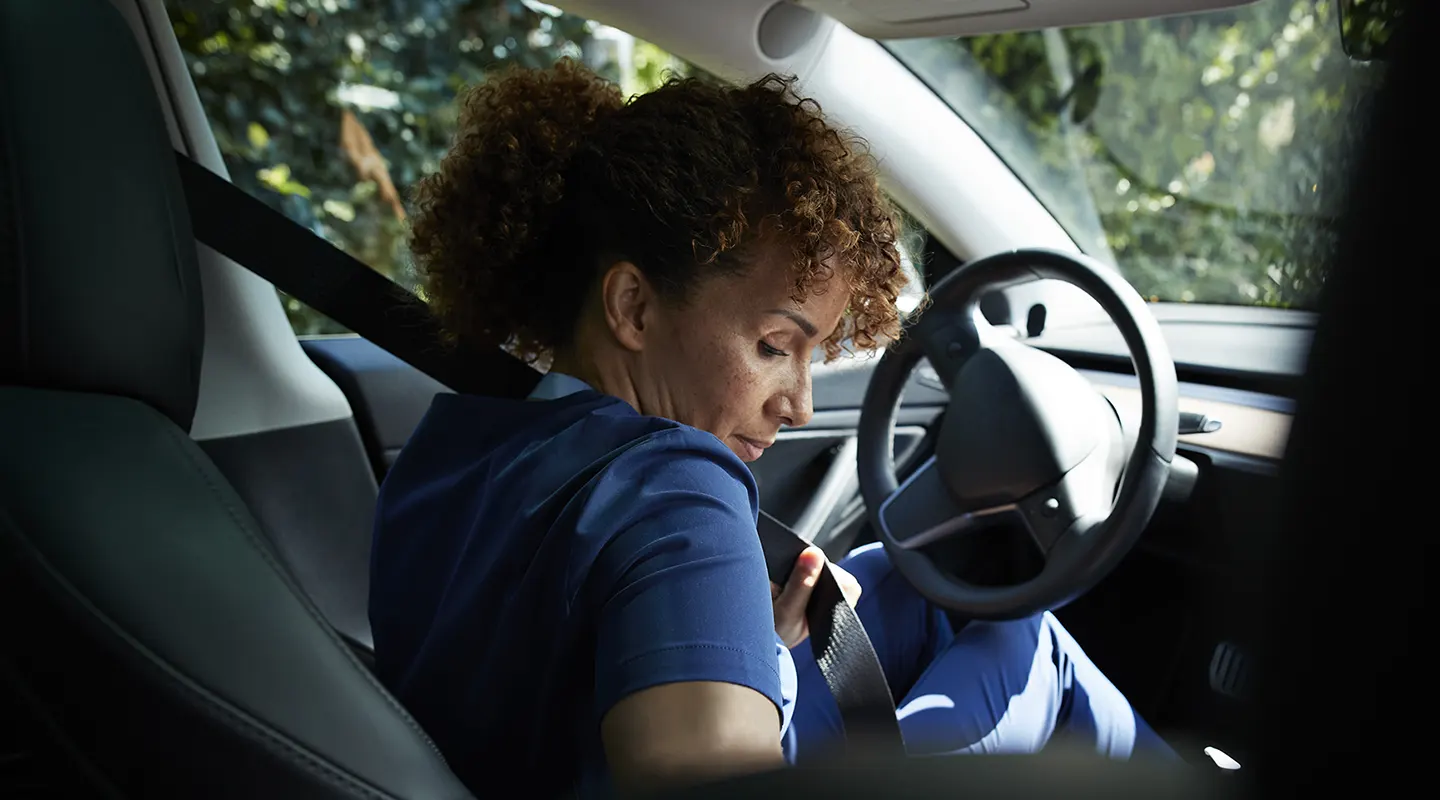Yong Kim
Front-line workers play a pivotal role in keeping industries running smoothly. From construction to manufacturing, the heartbeat of these operations relies heavily on the dedication and hard work of these individuals. One often overlooked yet crucial aspect that significantly impacts their livelihood is having a reliable mode of transportation, typically a car.
The reliability of transportation is a fundamental and often underestimated factor in the success of front-line workers. Beyond being a means of getting from point A to point B, a dependable car is not only an investment, but a way for these front-line workers to ensure their efficiency, safety, and well-being.
For many front-line workers, the lack of personal transportation can be a significant barrier to economic mobility and job satisfaction. However, there are creative and accessible ways for individuals in this situation to obtain a car.
1. Community Car Programs:
Several communities and non-profit organizations offer car-sharing programs designed to provide affordable access to vehicles. These programs allow individuals to borrow a car when needed, paying only for the time they use. Collaborative initiatives like this can be a lifeline, offering flexibility for job interviews, medical appointments, or other essential activities.
2. Peer-to-Peer Car Rental Platforms:
Platforms that facilitate peer-to-peer car rentals allow individuals to rent cars directly from owners. This alternative to traditional car rental services often comes with lower costs and can be a practical solution for occasional transportation needs. It’s a flexible option that accommodates various budgets.
3. Microfinance for Cars:
Microfinance institutions can play a crucial role in helping individuals secure financing for a vehicle. These institutions often specialize in providing small loans, making car ownership more achievable for those with limited financial means. Exploring local microfinance options or community development financial institutions (CDFIs) can be a viable route.
4. Leasing Programs:
Some dealerships and organizations offer lease-to-own or affordable leasing programs tailored for individuals with modest incomes. These programs often have flexible payment plans and can be more accessible than traditional car loans. Exploring lease options can be a stepping stone towards eventual ownership.
5. Used Car Assistance Programs:
Certain charities and foundations operate programs specifically designed to provide used cars to individuals in need. These programs may involve partnerships with car dealerships, donations from the community, or collaborations with social service agencies. Researching local initiatives or national programs can uncover valuable resources.
6. Government Assistance Programs:
In some regions, there are government programs aimed at assisting individuals with transportation needs. These programs may provide grants, subsidies, or low-interest loans for car purchase or repair. Researching available assistance programs at the local, state, or federal level is a crucial step.
7. Skill-Based Transportation Barter:
Communities could explore skill-based bartering systems where individuals with automotive skills offer services in exchange for transportation support. This could involve tasks such as car maintenance, repairs, or driving lessons in exchange for assistance in obtaining a vehicle.
Access to reliable transportation should not be a luxury limited to high-earning individuals. By exploring these practical avenues, front-line workers can gain the mobility they need to access better job opportunities, contribute their skills in varying industries, and improve their quality of life. These solutions emphasize the power of community support, collaboration, and creative initiatives to empower individuals to overcome transportation challenges and reach new heights in their personal and professional lives.






